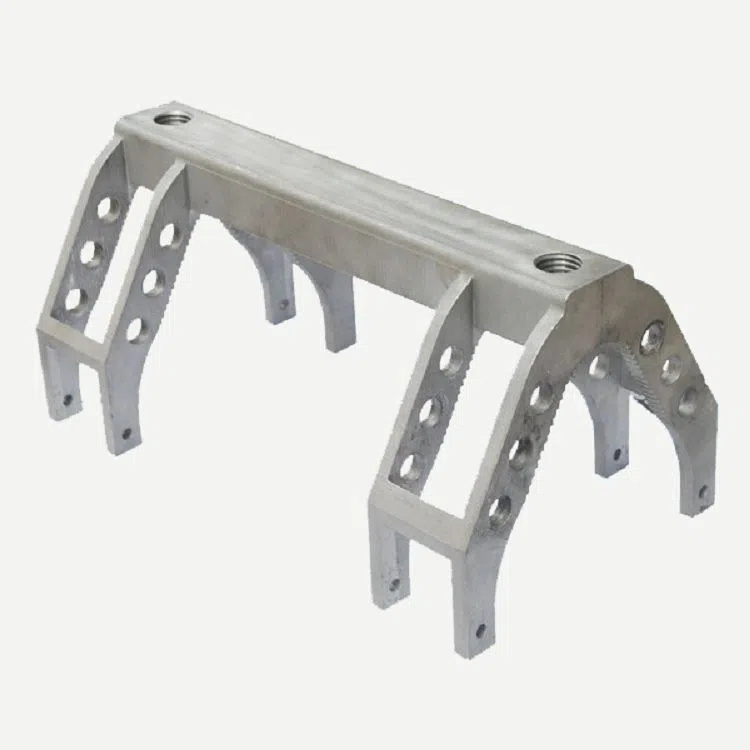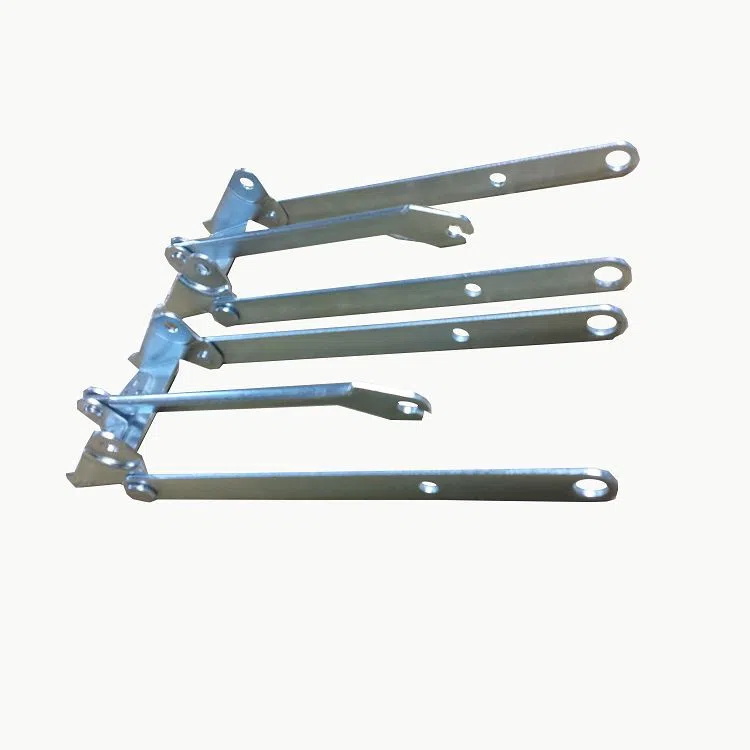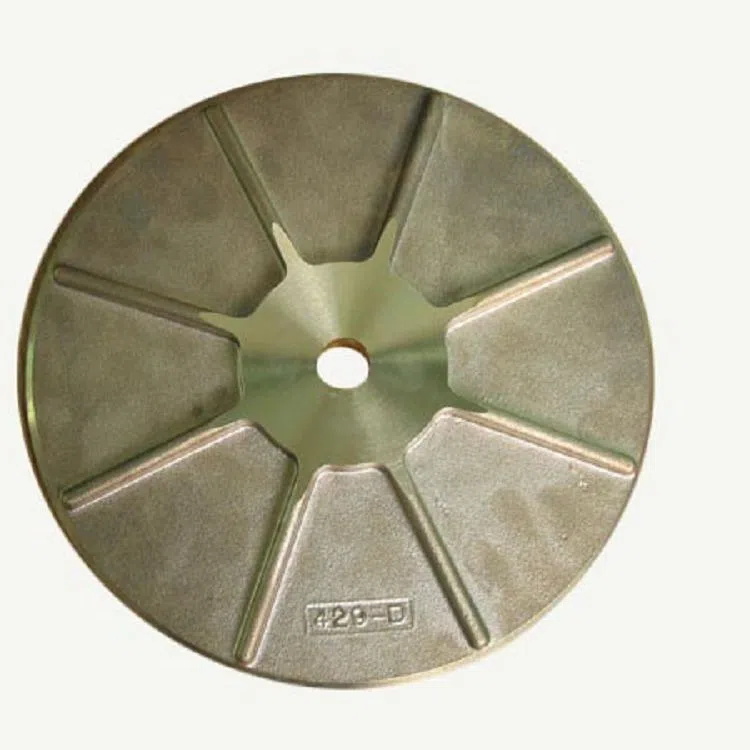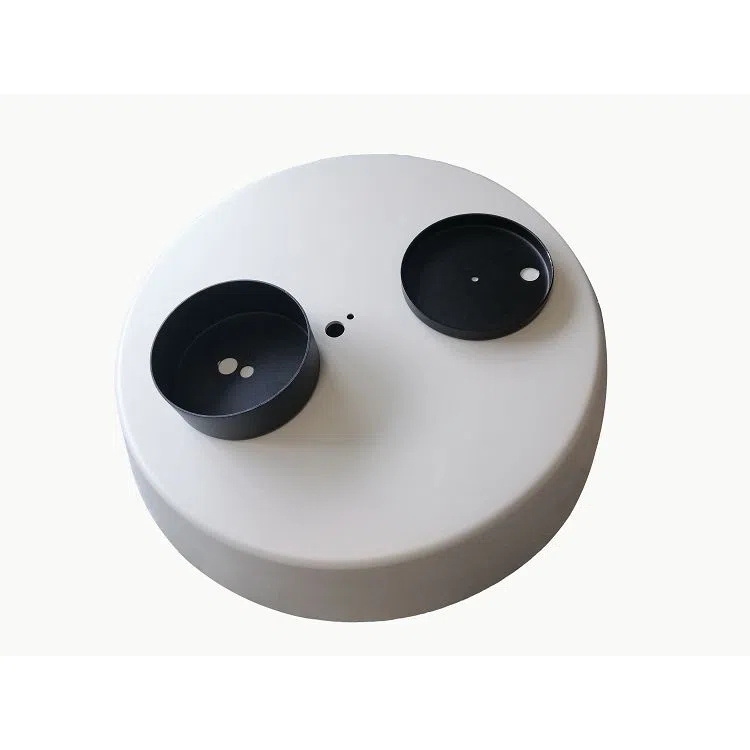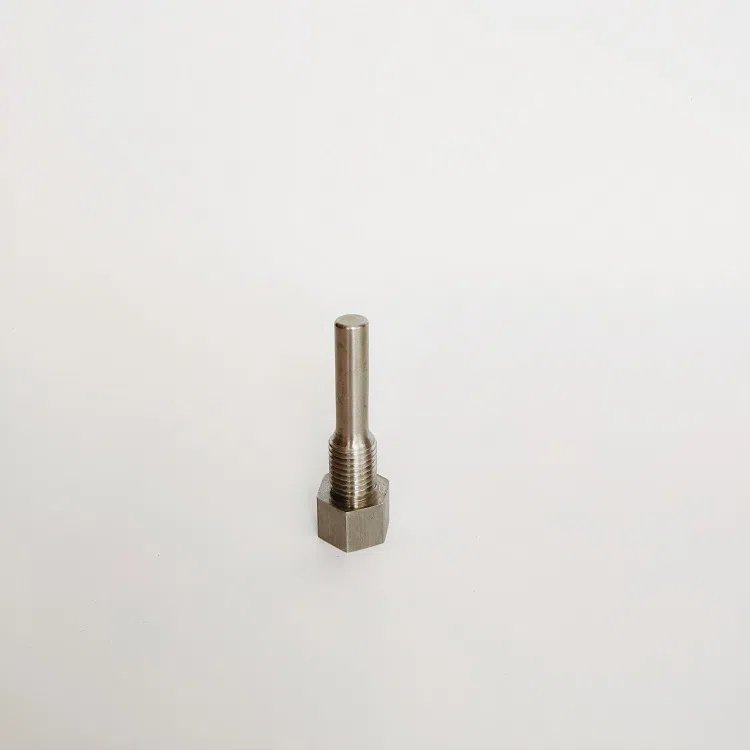With the development of society, people's requirements are getting higher and higher, and stamping parts manufacturers need to consider many factors when producing stamping parts. In many cases, it is necessary to understand the chemical properties of the raw materials used in the production of metal stamping parts.
The chemical properties of metal materials refer to properties that can only be achieved when chemical reactions occur, including oxidation resistance, corrosion resistance and chemical stability.
1. Chemical properties
The chemical properties of metal materials refer to the ability of metal materials to resist chemical corrosion of various corrosive media at room temperature or high temperature. It mainly includes corrosion resistance and oxidation resistance.
Second, chemical corrosion
This is the result of the direct chemical interaction between the metal and the surrounding medium. It includes metal corrosion in gas corrosion and non-electrolytic chemical corrosion. Its characteristic is: the corrosion process does not generate electric current, and the corrosion products are deposited on the metal surface.
Three, electrochemical corrosion corrosion
Corrosion caused by the action of metals and electrolyte solutions (such as acids, alkalis, salts, etc.) is called electrochemical corrosion. It is characterized by the generation of electric current during the corrosion process. The corrosion product (rust) does not cover the anode metal surface, but keeps a certain distance from the anode metal.
Fourth, general corrosion
This corrosion is evenly distributed on the inner and outer surfaces of the metal, so the cross-section is continuously reduced, and then the stressed part is destroyed.
Five, intergranular corrosion
This kind of corrosion occurs inside the metal along the edges of the crystal grains, usually does not cause any changes in the shape of the metal, and often leads to sudden damage to equipment or machinery.
Six, anti-oxidation performance
The ability of metal materials to resist oxidation at room temperature or high temperature. The oxidation process of metals is actually a form of chemical corrosion. It can directly use the size of metal surface weight loss after corrosion within a certain period of time, that is, the rate of metal weight loss.
